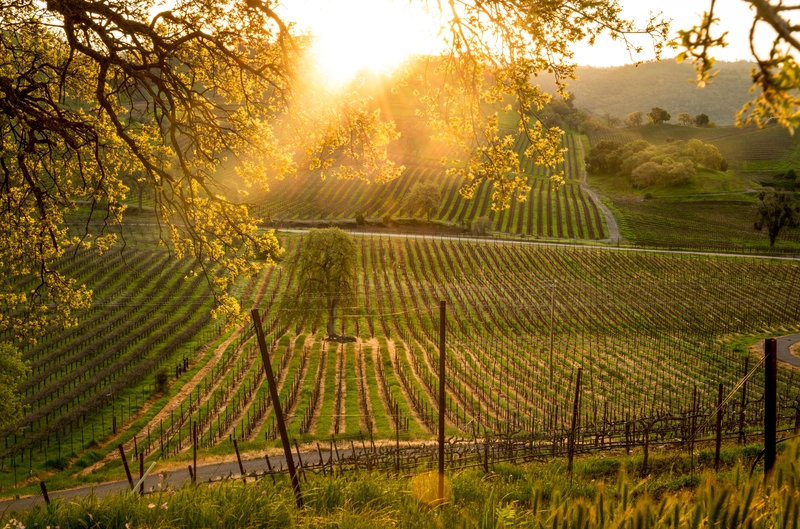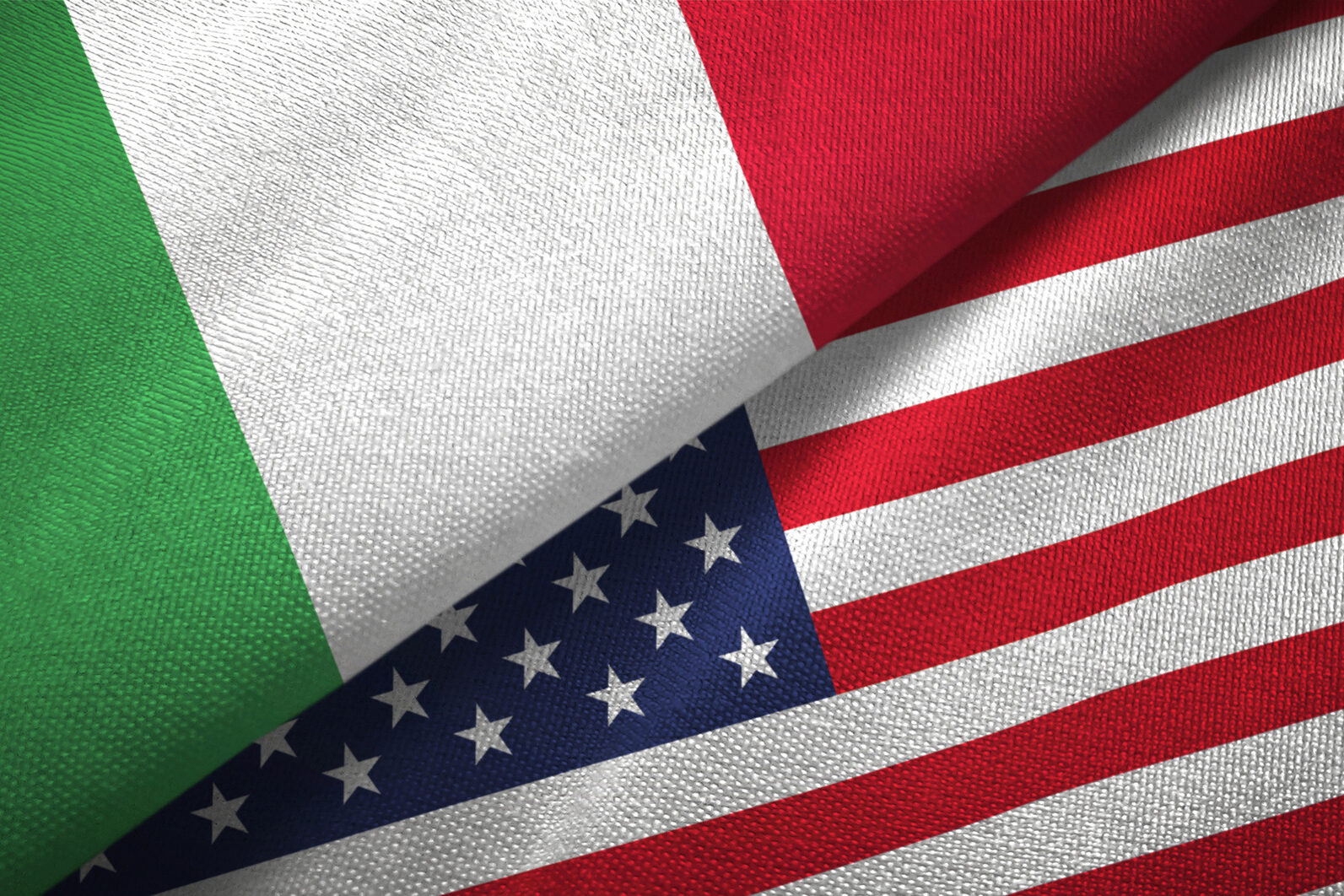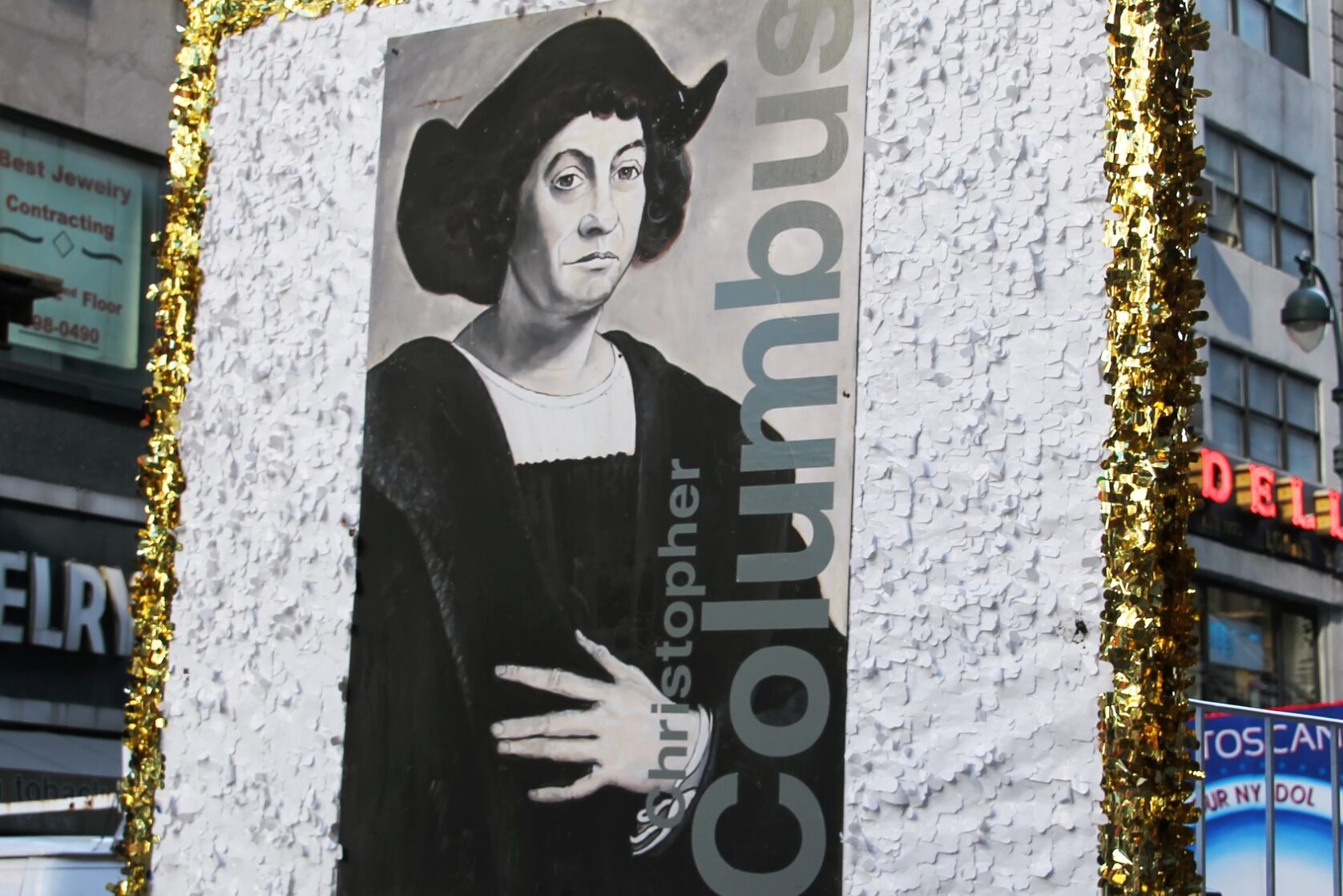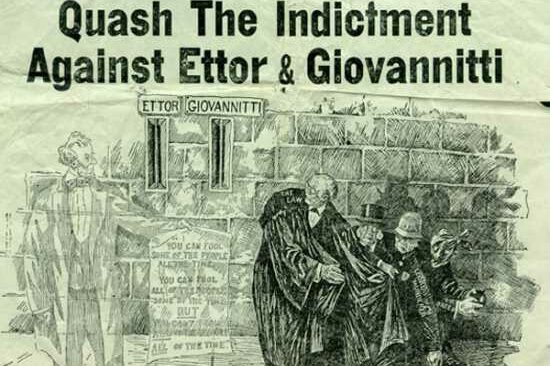Dear Readers,
November Notes with an Italian connection. November comes from the Latin word novem, “nine” because this had been the ninth month of the early Roman Calendar.
***
November begins with All Saints Day. Since this feast, which has its beginnings in the Christian churches of the fifth and sixth centuries, celebrates all those saints, canonized or not, who enjoy the happiness of the kingdom of heaven, let us celebrate all relatives and friends who once enriched our lives and of whom it was said “era una santa” or “santo.“
***
All Souls Day is on November 2nd. The early Christians, like their pagan ancestors, remembered their dead on certain days of the year. The present date for our yearly commemoration of the dead was established in the tenth century.
***
Veteran’s Day, November 11, reminds me that our United States Marine Corps was established on Nov 10, 1775. The Continental Congress established a marine corps as a special armed amphibious fighting group; the next year, they made their first landing in the Bahamas. Although disbanded after the Revolution, the Marine Corps was re-created as a military service in 1798. Marines have been among the first to fight in almost every major American conflict.
***
First Lady Jill Jacobs Biden‘s Italian roots are in the village of Gesso, in the province of Messina, Sicily. Gaetano and Concetta Giacoppa arrived at Ellis Island in 1900: their great-granddaughter, Dr. Jill Tracy Jacobs would become the 46th First Lady of the United States. The family settled in Hammonton, New Jersey, reuniting with paesani from Gesso. Gaetano changed his surname to the anglicized Jacobs, as did so many Italians of the time in an attempt to integrate better. Dr. Biden’s grandfather eventually worked as a delivery man in New Jersey. Her father Donald later headed a Savings and Loan institution in the Chestnut Hill section of Philadelphia. The family then moved to Willow Grove, Pennsylvania where she and her four sisters spent their childhood. The First Lady recalled that, as a child, her father would drive the family to her grandparents’ home in New Jersey every Sunday.
***
Name changes were often beneficial in boxing. Many Italian American champion prizefighters used Irish names from 1900 to 1955: Kid Murphy (Peter Fascella), Bushy Graham (Angelo Geraci), Young Corbett III (Raffaele Giordanno), Hugo Kelly (Ugo Micheli), Johnny Wilson (Giovanni Panico), and George Nichols (Phillip Nicolosi). Angelo Dundee, the Italian American legendary boxing trainer said, “In the early 1900s it wasn’t advantageous to have an Italian name.” Even Frank Sinatra’s father Anthony Martin Sinatra, who had arrived as a child from Agrigento, Sicily, first started out as an apprentice in a cobbler’s shop. He was known in his neighborhood, where everyone had a nickname, as “Tony the Shoemaker.” He took up prizefighting and, because it was better in those days to have an Irish name than an Italian one (the Irish politicians controlled Hoboken), he adopted his manager’s name and became known as Marty O’Brien.
***
Prohibition Laws would soon be repealed thanks to the November 8, 1932 vote. Franklin Delano Roosevelt defeated sitting US president Herbert Hoover in the presidential elections and became our 32nd president. For Italian Americans, many of whom drank, made their own wine, or grew their own grapes, the end of Prohibition could not come soon enough. In force in the US since 1920, the end came in December 1933.
The 18th Amendment to the Constitution forbade the manufacture, sale, or exchange of intoxicating liquors, and was ratified by 46 States out of 48. In 1933, the Prohibition or Volstead Act, which defined the term alcoholic beverage for purpose of the amendment, was finally finito!
***
California vintners in the four decades leading up to Prohibition were abundantly Italian-Americans. The Mondavis, Gallos, Pedroncellis and Sebastianis did not just appear on the scene, pre-Volstead Act. Some came for the gold but stayed for the green fertile fields. The Seghesios, Simis, Sebastianis and Foppianos all started in the late 1800s and some are still operating today. Giuseppe Magliavacca’s Napa winery was by then a thriving business. Secondo Guasti established the Italian Vineyard Company, and Andrea Sbarbaro founded the Italian Swiss Colony. Countless other wineries appeared with Italian names on the door. By 1920, the Italian influence had already permeated the California wine scene. From 1919 to 1933 (Prohibition to Repeal), Italian-Americans in California kept their vines in the ground, waiting for the day when their adopted country would come to its senses. They were rewarded by Repeal but, more importantly, the families that had struggled to maintain their vineyards gave America a jump start when it tried to emerge from the dark days of Prohibition. Without the vineyards and the fully equipped – though idle – wineries, America would have had to rebuild the industry from scratch.
***
Cari lettori,
Note di novembre con una “Italian connection”. Novembre deriva dalla parola latina novem, “nove”, perché questo era il nono mese del calendario romano antico.
***
Novembre inizia con la festa di Ognissanti. Poiché questa festa, che ha le sue origini nelle chiese cristiane del V e VI secolo, celebra tutti i santi, canonizzati o meno, che godono della felicità del regno dei cieli, celebriamo tutti i parenti e gli amici che un tempo hanno arricchito la nostra vita e di cui si diceva “era una santa” o “un santo“.
***
Il 2 novembre ricorre il giorno di Ognissanti. I primi cristiani, come i loro antenati pagani, ricordavano i loro morti in determinati giorni dell’anno. La data attuale della nostra commemorazione annuale dei defunti fu stabilita nel X secolo.
***
Il Veteran’s Day, l’11 novembre, mi ricorda che il nostro Corpo dei Marines degli Stati Uniti fu istituito il 10 novembre 1775. Il Congresso continentale istituì un corpo dei Marines come gruppo speciale di combattimento anfibio armato; l’anno successivo effettuarono il loro primo sbarco alle Bahamas. Sebbene sciolto dopo la Rivoluzione, il Corpo dei Marines fu ricreato come servizio militare nel 1798. I Marines sono stati tra i primi a combattere in quasi tutti i principali conflitti americani.
**
Le radici italiane della First Lady Jill Jacobs Biden sono nel villaggio di Gesso, in provincia di Messina, in Sicilia. Gaetano e Concetta Giacoppa arrivarono a Ellis Island nel 1900: la loro pronipote, la dottoressa Jill Tracy Jacobs, sarebbe diventata la 46ª First Lady degli Stati Uniti. La famiglia si stabilì ad Hammonton, nel New Jersey, riunendosi ai paesani di Gesso. Gaetano cambiò il suo cognome nell’anglicizzato Jacobs, come fecero molti italiani dell’epoca, nel tentativo di integrarsi meglio. Il nonno della dottoressa Biden lavorò infine come fattorino nel New Jersey. Suo padre Donald diresse in seguito un istituto di risparmio e prestito nel quartiere di Chestnut Hill a Filadelfia. La famiglia si trasferì poi a Willow Grove, in Pennsylvania, dove lei e le sue quattro sorelle trascorsero l’infanzia. La First Lady ha ricordato che, da bambina, suo padre accompagnava la famiglia a casa dei nonni nel New Jersey ogni domenica.
***
I cambi di nome erano spesso vantaggiosi nella boxe. Molti campioni italoamericani di pugilato hanno usato nomi irlandesi dal 1900 al 1955: Kid Murphy (Peter Fascella), Bushy Graham (Angelo Geraci), Young Corbett III (Raffaele Giordanno), Hugo Kelly (Ugo Micheli), Johnny Wilson (Giovanni Panico) e George Nichols (Phillip Nicolosi). Angelo Dundee, il leggendario allenatore di pugilato italo-americano, ha detto: “Nei primi anni del 1900 non era vantaggioso avere un nome italiano”. Anche il padre di Frank Sinatra, Anthony Martin Sinatra, arrivato da bambino da Agrigento, in Sicilia, iniziò come apprendista in una bottega di calzolaio. Nel suo quartiere, dove tutti avevano un soprannome, era conosciuto come “Tony il calzolaio”. Si dedicò ai combattimenti e, poiché a quei tempi era meglio avere un nome irlandese che italiano (i politici irlandesi controllavano Hoboken), adottò il nome del suo manager e divenne noto come Marty O’Brien.
***
Le leggi sul Proibizionismo sarebbero state presto abrogate grazie al voto dell’8 novembre 1932. Franklin Delano Roosevelt sconfisse il presidente in carica Herbert Hoover alle elezioni presidenziali e divenne il nostro 32° presidente. Per gli italoamericani, molti dei quali bevevano, producevano il proprio vino o coltivavano la propria uva, la fine del Proibizionismo non arrivò mai abbastanza presto. In vigore negli Stati Uniti dal 1920, terminò nel dicembre 1933.
Il 18° emendamento alla Costituzione proibiva la produzione, la vendita o lo scambio di
liquori inebrianti e fu ratificato da 46 Stati su 48. Nel 1933, il Proibizionismo o Volstead Act, che definiva il termine bevanda alcolica ai fini dell’emendamento, era definitivamente terminato!
***
I viticoltori californiani nei quattro decenni precedenti il Proibizionismo erano in gran parte italo-americani. I Mondavi, i Gallo, i Pedroncelli e i Sebastian non sono apparsi sulla scena prima del Volstead Act. Alcuni vennero per l’oro, ma rimasero per i verdi campi fertili. I Seghesio, i Simi, i Sebastiani e i Foppiano iniziarono tutti alla fine dell’Ottocento e alcuni sono ancora in attività. L’azienda vinicola di Giuseppe Magliavacca a Napa era ormai un’attività fiorente. Secondo Guasti fondò la Società Italiana Vigneti e Andrea Sbarbaro la Colonia Svizzera Italiana. Innumerevoli altre cantine apparvero con nomi italiani sulla porta. Nel 1920, l’influenza italiana aveva già permeato la scena vinicola californiana. Dal 1919 al 1933 (dal proibizionismo all’abrogazione), gli italo-americani in California tennero le loro vigne sotto terra, aspettando il giorno in cui il loro Paese d’adozione sarebbe tornato in sé. Furono ricompensati dall’abrogazione ma, soprattutto, le famiglie che avevano lottato per mantenere i loro vigneti diedero all’America una marcia in più quando cercò di riemergere dai giorni bui del Proibizionismo. Senza i vigneti e le cantine completamente attrezzate, anche se inattive, l’America avrebbe dovuto ricostruire l’industria da zero.





























